Fujifilm X-T4 VS X-H1 - What's Better?
Fujifilm X-T4 VS Fujifilm X-H1
Are you wondering what the key differences between the Fujifilm X-T4 VS Fujifilm X-H1? We'll compare the specifications, benefits, and main differences between the two powerhouse cameras throughout this blog.
If you're currently an X-H1 owner and considering the upgrade, I've got you covered. Additionally, no matter if your a photographer, videographer or hybrid shooter like myself. This blog will have you covered with the in's and out's, giving you my genuine and honest opinion.
Finally, as an owner of both cameras, I wish to give you a real-world perspective. After using both cameras for different purposes, I advise you if the upgrades are worth it or to keep persisting with the X-H1.
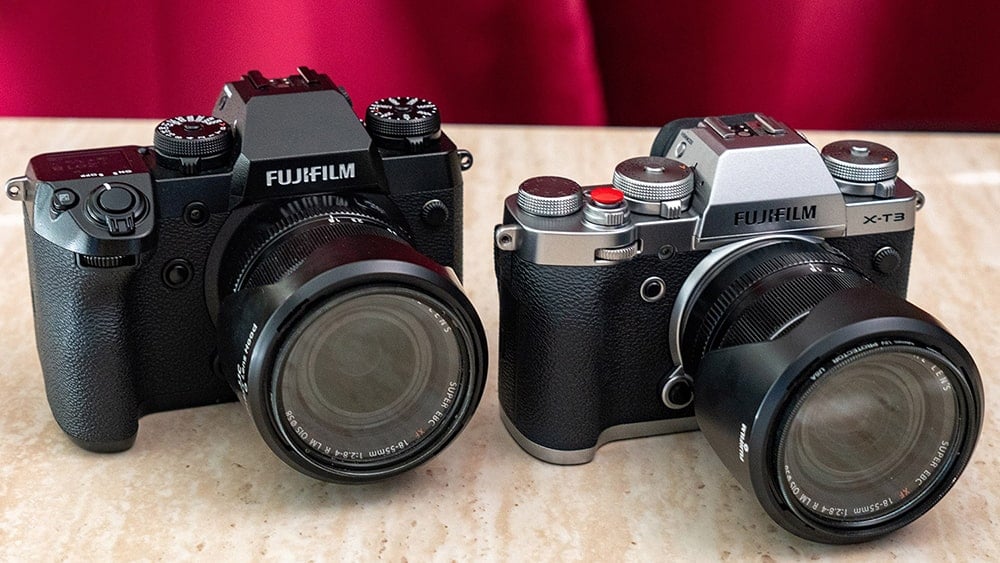
X-T4 V X-H1 Comparisons
The Fujifilm X-T4, the desired almost perfect camera I was waiting for. In a recent vlog regarding the X-H1, I expressed the key features I wished for my next Fujifilm upgrade, a flip screen, larger battery and improved AF performance. However, it doesn't stop there, so let's find out the key differences.
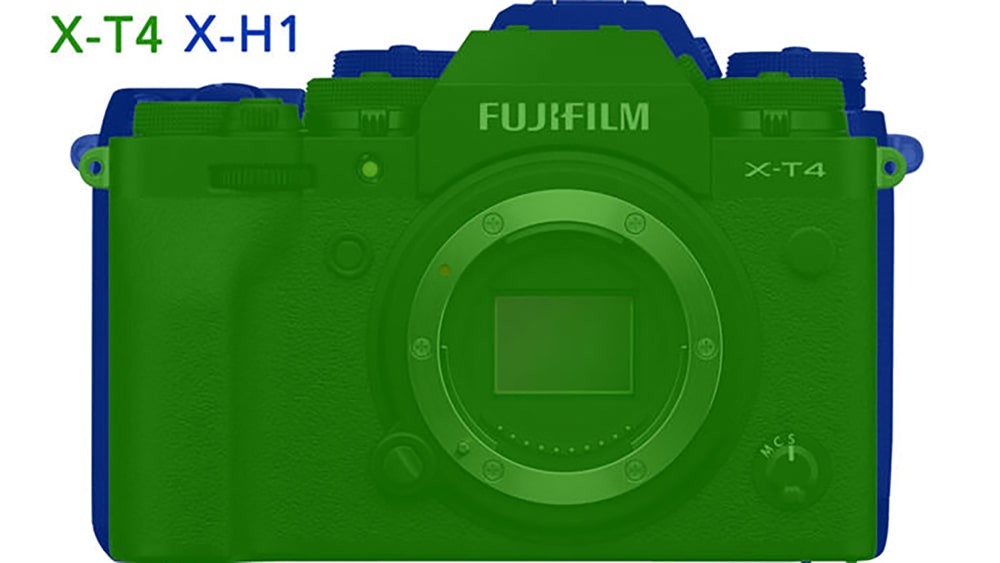
What's similar?
- Viewfinder (3.69M dots, 100fps and 0.75x magnification)
- 15-minute exposure (T-mode only)
- Dual SD card slot (Both UHS-II)
- Mechanical shutter - 1/8000s
- Electronic shutter - 1/32000s
- Weather sealed (splash, dust and temperatures down to -10˚C)
- Connectivity (WiFi & Bluetooth)
Fujifilm X-T4 vs X-H1 Physical Comparison
Firstly, the physical feel of these camera's is the most evident cosmetic differences. This is due to the more substantial handgrip from the X-H1, personally, giving it that more 'professional' feel in hand. However, this does come down to personal taste and preference.
Secondly, it must be said that the X-H1 is better suited to those more significant lenses such as XF 50-140 & XF 100-400mm.
Fujifilm X-T4
Size - 134.6 x 92.8 x 63.8mm
Weight - 607grams (21.41oz)
Battery Rating - 2200mAh (500 Shot Rating)
LCD Display - Fully Articulating (1.62K-dot)
ISO Value - Top Dial
Shutter Button - Normal
Manufactured - China (Japan-US Only)
Fujifilm X-H1
Size - 139.8 x 97.3 x 85.5mm
Weight - 673grams (23.73oz)
Battery Rating - 1260mAh (310 Shot Rating)
LCD Display - 3-Way Tilt (1040K-dot)
ISO Value - Top LCD Screen
Shutter Button - Leaf Spring
Manufactured - Japan
Top LCD VS Dials
Another characteristic of the X-H1 is the top LCD panel, showing the current settings being used. (something I'm a massive fan of) The X-T4 doesn't have this, continuing with the tradition X-T range, the exposure compensation dial.
Battery
Finally, the X-T4 introduces a new battery, the NP-W235, hosting almost double the X-H1 NP-W126 battery power. Personally, I hated the older Fujifilm batteries. In fact, this nearly singlehandedly made me leave Fujifilm altogether. The X-T4 is rated to 500 frames per charge (or 600 with the new economy mode). The X-H1 has a rating of only 310 shots.
Sensor
The X-T4 features and X-Trans IV pixel pattern APS-C sized chip with a BSI structure, the same sensor found on the X-T3. The ISO range goes from 160 to 12800, compared to ISO 200 to 12800 in the X-H1. The X-H1 features an X-Trans III generation sensor, a similar resolution at 24.3MP to the X-T range.
Finally, the X-Processor 4 found on the BSI sensors offers a faster readout and three times speedier image engine than that of the X-Processor Pro on the X-H1. Personally, this shouldn't come into play when deciding between the two.
I've written a full comprehensive blog about the X-T4's sensor, IBIS, battery life and additional features here.
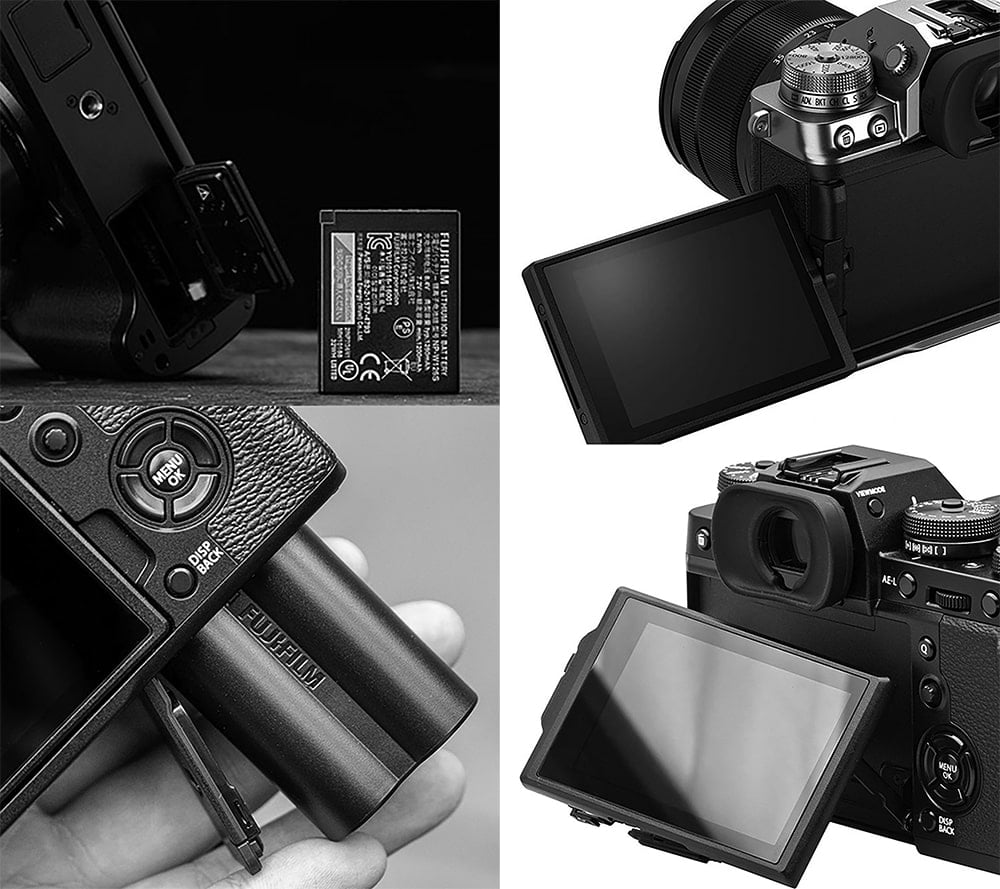
Specifications: Fujifilm X-T4 vs X-H1 Specs
Fujifilm X-T4
Sensor - X-Trans IV BSI
Processor - X-Processor 4
Phase Detection - Full Sensor
IBIS - 6.5 Stops
Digital IS - Yes
AF Points - 425 points
Base ISO - 160 ISO
USB Charging - USB-C Fast Charging
Continuous Shooting - 15fps
Fujifilm X-H1
Sensor - X-Trans III BSI
Processor - X-Processor Pro
Phase Detection - Center Sensor
IBIS - 5.5 Stops
Digital IS - No
AF Points - 325 points
Base ISO - 200 ISO
USB Charging - None
Continuous shooting - 8fps
Firstly, this is where the X-H1, unfortunately, starts to show it's age. As a result, falling far back in the winds, I still rated this camera as one of the most underrated cameras of 2018-2019.
Sweet, simple and straight to the point. If autofocus regarding tracking, speed, face and eye detection is your top priority, upgrade!
Secondly, two significant upgrades come in the form of IBIS and continuous shooting.
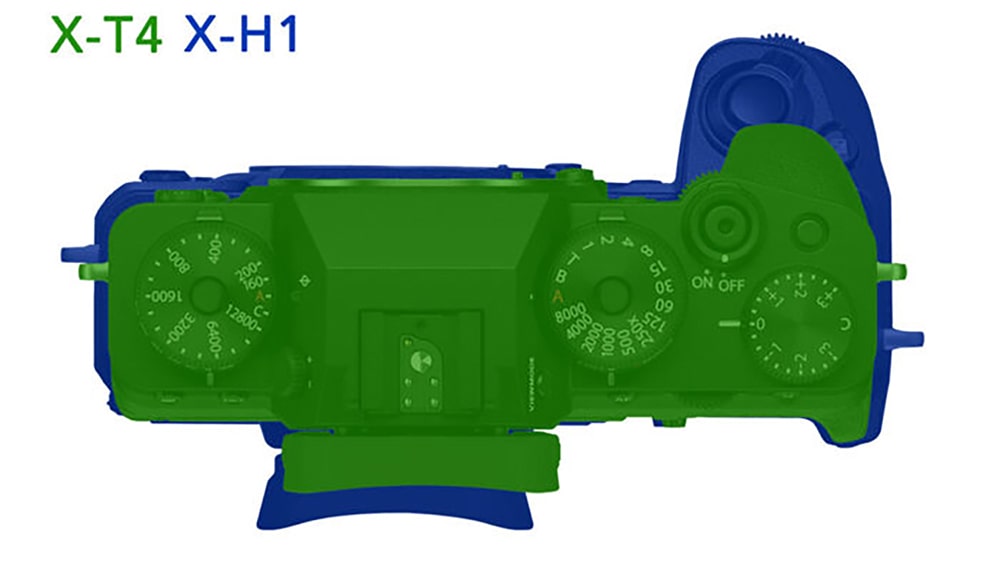
IBIS
Correct, both systems run an IBIS system. Still, the X-T4 has received an overhaul in this department. Running with a magnetic system that has an improved structure to absorb shock. As a result, the re-designed unit is 30% smaller and 20% lighter than the one on the X-H1. Paired with the Fujinon lenses, you're now able to achieve 6.5 Stops (with 18 of 29 lenses, according to Fujifilm). This is an impressive upgrade which you'll be able to witness over on my YouTube.
Autofocus
Fujifilm X-T4, congratulations on being awarded the title of the fastest continuous shooting speeds seen on an APS-C camera. The mechanical shutter can reach 15fps (with continuous AF). The X-H1, by comparison, does 8fps. (11fps if you attach the VPB-XH1 grip). As a result, if constant shooting is your top priority, upgrade and be blown away.
Video Specifications
The X-T4 has activated beast mode when it comes to the video specification. However, even when compared to the X-T3, it's had a significant upgrade. Here is how they compare:
Fujifilm X-T4
Headphone Jack - USB-C Adaptor
4K Modes - 4k @ 60FPS
Slow-Motion - 240fps@ 1080p
Bit Depth (Internal) - 10-bit 4:2:2
Bitrate - 400mbps
Slow-Motion (120FPS) - NO Line Skipping
Zebra Pattern - Yes
Fujifilm X-H1
Headphone Jack - Battery Grip Only
4K Modes - 4k @ 30FPS
Slow-Motion - 120fps@ 1080p
Bit Depth (Internal) - 8-bit 4:2:0
Bitrate - 200mbps
Slow-Motion (120FPS) - Line Skipping
Zebra Pattern - No
Side Note: Battery Life, not directly related to the video but still needs to be noted when comparing the two. Therefore, the reality is, I'm about to get 100% honest, so why not just start here! The battery life sucks in the X-H1, especially when recording 4K. (cold conditions can see the batter last 1 hour from a fully charged battery)
Sticking to the brutely honest route, the video features out of the X-H1 are already more than what the average consumers require. However, the handy additions to the X-T4, which I already had on the X-T3, Zebra readout, no line skipping at 120fps, and a more profound bit rate. Therefore, why in good earth would I change? Let's find out...
Fujifilm X-T4 VS X-H1 - What's better?
Previously, I've used the Fujifilm X-H1 as a backup camera to the Fujifilm X-T3. Firstly, the X-H1 served me as my primary YouTube camera, handheld video camera when filming promotional content and a backup camera on my workshops. My primary purpose for upgrading to the X-T4 is IBIS, Flip Screen, battery life and better AF, especially face/eye detection.
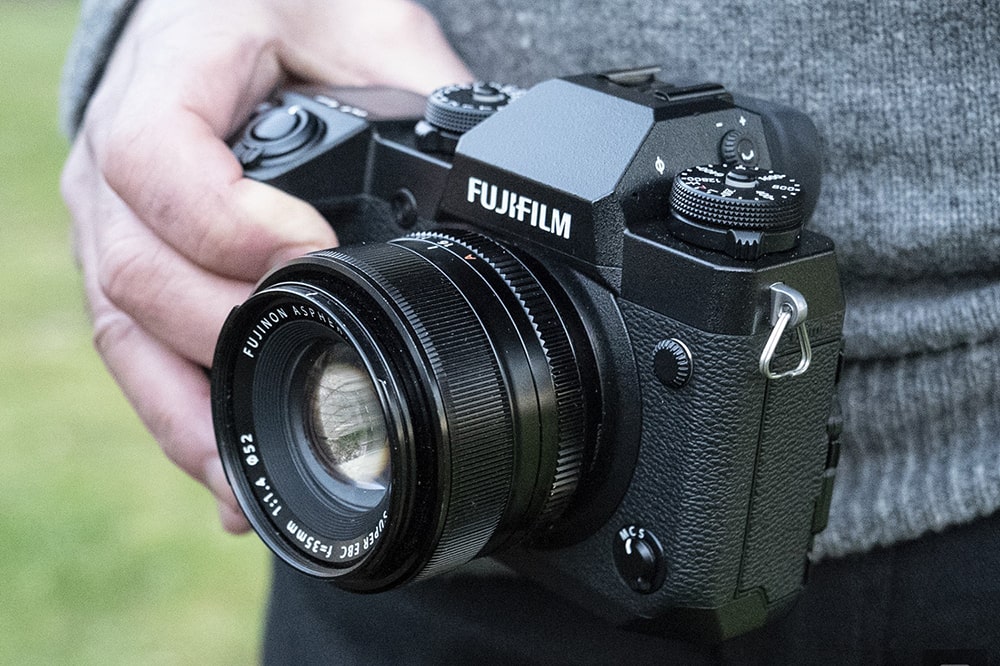
In conclusion, the only compelling reasons I can argue for purchasing the X-H1 - financial situation, ergonomics, and top LCD. Finally, the X-T4 excels in every department for photographers, videographers and hybrid shooters compared to the X-H1.
Disagree? Therefore, let me know in the comments below why you'd keep the Fujifilm X-H1 vs X-T4.
